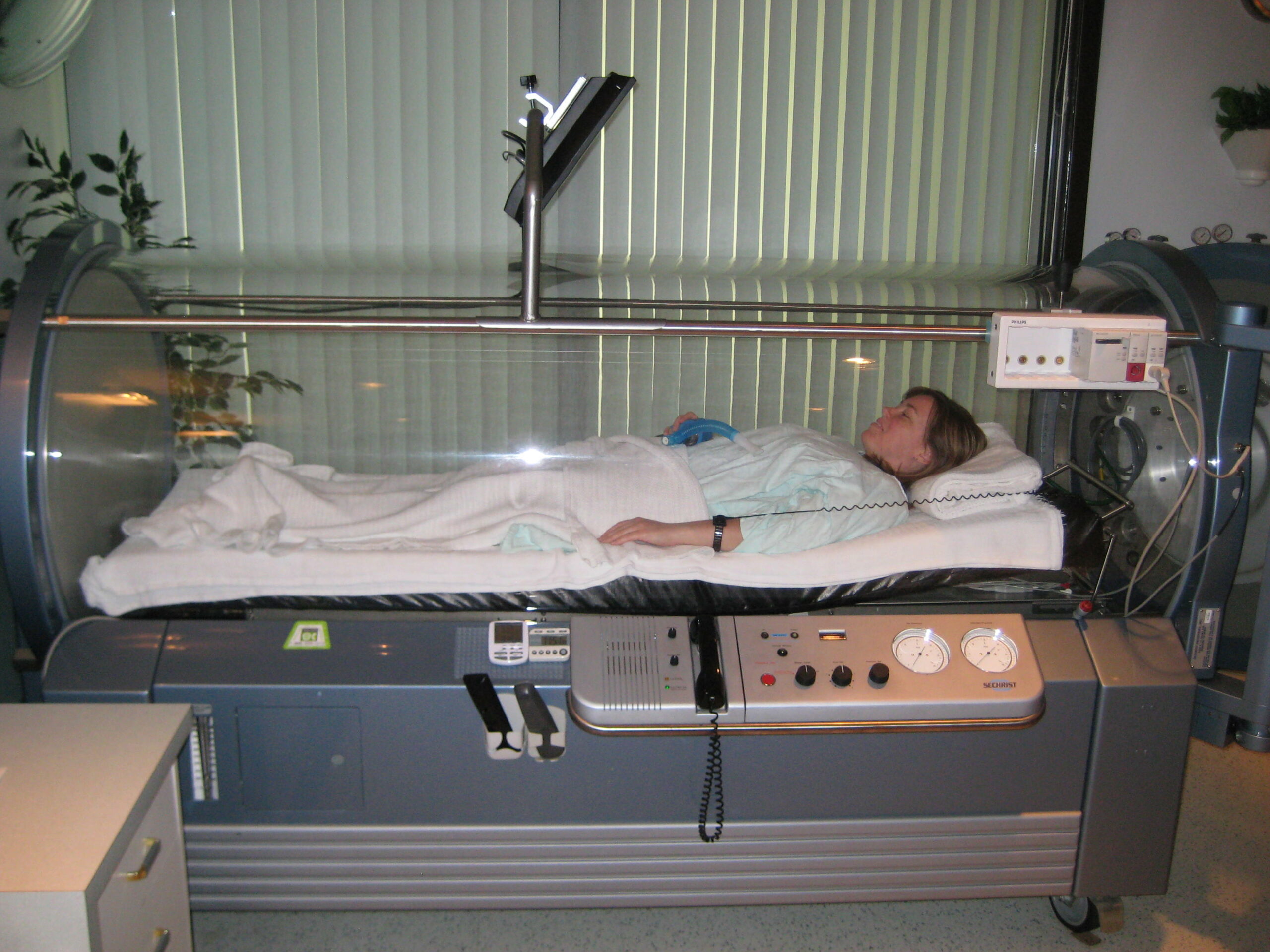Carbon Monoxide Poisoning: Symptoms, Causes, Treatment
What are the symptoms of carbon monoxide poisoning?
Carbon monoxide (CO) is a colorless, odorless gas that is produced by burning fuel. Carbon monoxide poisoning occurs when CO builds up in the bloodstream, preventing oxygen from reaching vital organs. The symptoms of carbon monoxide poisoning can vary depending on the level of exposure, but common symptoms include:
- Headache: One of the most common symptoms of carbon monoxide poisoning is a headache, which may be mild to severe.
- Dizziness: Feeling lightheaded or dizzy is another common symptom.
- Nausea and Vomiting: Carbon monoxide poisoning can cause nausea and vomiting.
- Confusion: Confusion, difficulty concentrating, and memory problems may occur.
- Weakness and Fatigue: Feeling weak, tired, or fatigued is a common symptom of carbon monoxide poisoning.
- Shortness of Breath: Difficulty breathing or shortness of breath may occur, especially with exertion.
- Chest Pain: Chest pain may occur in some cases of carbon monoxide poisoning.
- Blurred Vision: Vision changes, such as blurred vision, may occur.
- Loss of Consciousness: In severe cases, carbon monoxide poisoning can lead to loss of consciousness or coma.
It’s important to note that carbon monoxide poisoning can be life-threatening and requires immediate medical attention. If you suspect carbon monoxide poisoning, you should leave the area immediately and seek fresh air. Call emergency services or go to the nearest emergency room. Carbon monoxide detectors can help prevent carbon monoxide poisoning by alerting you to high levels of CO in your home.
What are the causes of carbon monoxide poisoning?
Carbon monoxide (CO) poisoning occurs when you inhale too much carbon monoxide, a colorless, odorless gas produced by burning fuel. The main sources of carbon monoxide in the home include:
- Fuel-Burning Appliances: Improperly installed or malfunctioning fuel-burning appliances such as furnaces, water heaters, stoves, and dryers can produce carbon monoxide.
- Fireplaces and Wood Stoves: Inadequately vented or improperly used fireplaces and wood stoves can produce carbon monoxide.
- Automobile Exhaust: Carbon monoxide from vehicle exhaust can build up in enclosed or poorly ventilated spaces, such as garages, and seep into living areas.
- Generators: Generators that are used indoors or placed too close to a home can produce dangerous levels of carbon monoxide.
- Grills: Charcoal or propane grills used indoors or in enclosed spaces can produce carbon monoxide.
- Blocked Chimneys or Vents: Chimneys or vents that are blocked or clogged can prevent carbon monoxide from properly venting to the outside.
- Running Engines: Running a vehicle or other gasoline-powered equipment in an enclosed or partially enclosed space, such as a garage, can produce carbon monoxide.
Carbon monoxide poisoning can occur in any situation where there is incomplete combustion of carbon-containing fuels. It is important to properly maintain and ventilate fuel-burning appliances, install carbon monoxide detectors in your home, and never use fuel-burning equipment indoors or in enclosed spaces.
What is the treatment for carbon monoxide poisoning?
The treatment for carbon monoxide (CO) poisoning depends on the severity of the symptoms and the level of carbon monoxide in the blood. In general, treatment focuses on removing carbon monoxide from the body and increasing oxygen levels. Treatment may include:
- Fresh Air: The first step in treating carbon monoxide poisoning is to remove the affected person from the source of carbon monoxide and get them into fresh air.
- Oxygen Therapy: Oxygen therapy is the primary treatment for carbon monoxide poisoning. The affected person may receive oxygen through a mask or nasal cannula to help increase the amount of oxygen in their blood and reduce the amount of carbon monoxide.
- Hyperbaric Oxygen Therapy (HBOT): In severe cases of carbon monoxide poisoning, hyperbaric oxygen therapy may be used. This involves breathing pure oxygen in a pressurized chamber, which helps to rapidly increase the amount of oxygen in the blood and reduce the amount of carbon monoxide.
- Monitoring: The affected person may be monitored closely for any signs of complications, such as neurological symptoms or heart problems.
- Fluids: Intravenous (IV) fluids may be given to help keep the affected person hydrated and to support organ function.
- Medications: In some cases, medications may be given to help manage symptoms, such as headache or nausea.
It’s important to seek medical attention immediately if you suspect carbon monoxide poisoning. Even if symptoms are mild or have resolved, exposure to carbon monoxide can have long-lasting effects on health. Prompt treatment is essential to prevent serious complications.




